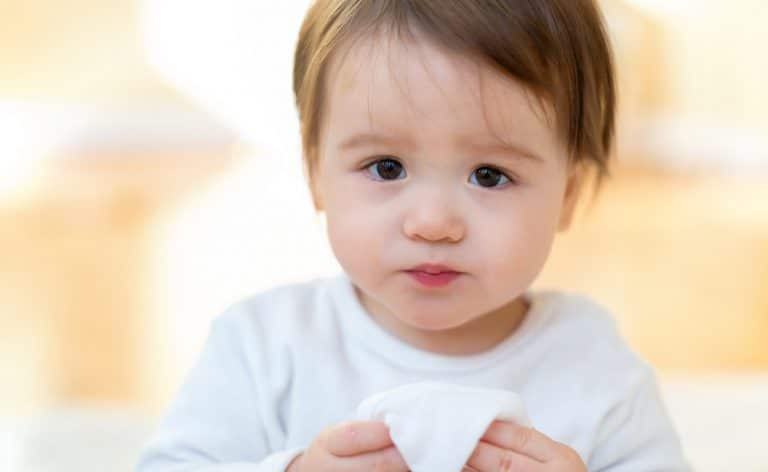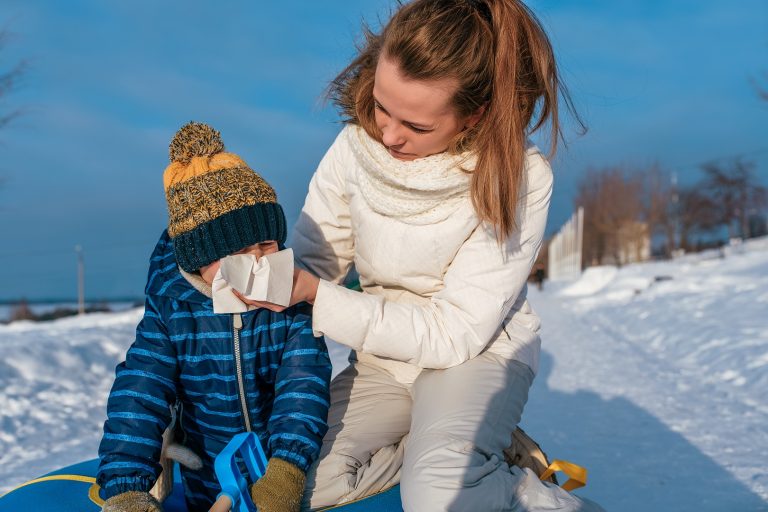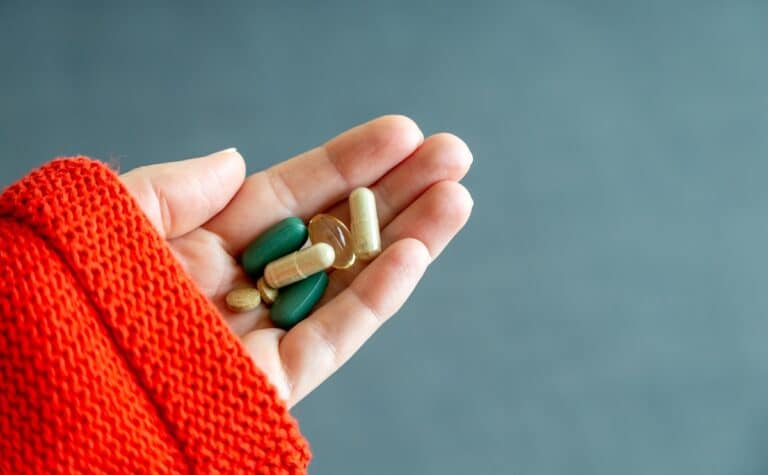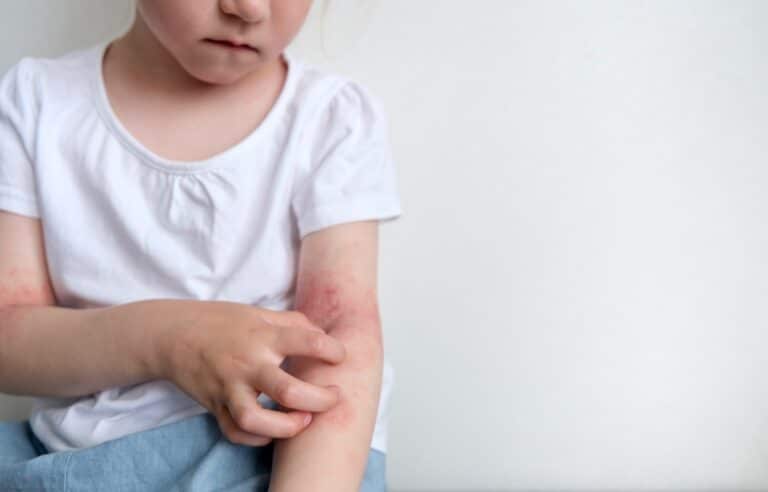Fever is the body’s natural response to fight off infection and illness. In children, it is often a sign of an underlying infection or illness and can be concerning for parents. While medication may be necessary in certain cases, there are also natural remedies that can help reduce fever in children. Natural methods not only help reduce fever but also promote overall well-being.
Generally, a person’s body temperature is considered normal if it falls between 97.8°F (36.5°C) and 99°F (37.2°C). It’s the same for children, but they may have a slightly higher or lower normal temperature range. In this blog, we will discuss some effective ways of treating fever in children naturally. So, scroll down to know more!
Key Takeaways:
- Fever is the body’s natural response to infection or illness in children.
- Normal body temperature for children may vary slightly from adults.
- Natural remedies can effectively reduce fever and promote well-being.
- Always consult a doctor if the child has a high fever or shows other concerning symptoms.
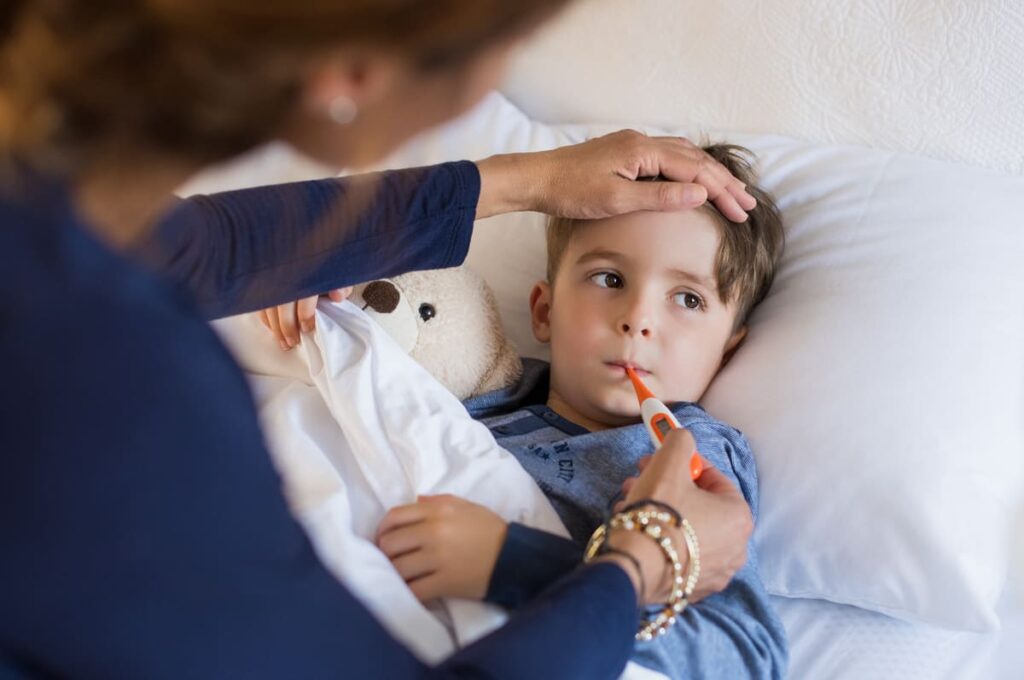
In This Article
Understand Your Child’s Fever
As we said above, children body’s temperature may vary slightly from adults, so it is essential to understand what constitutes a fever in children. It’s generally considered a fever when the child’s (older than 12 months) body temperature reaches 100.4 F (38°C) or higher.
Similarly, in infants (under 4 months), a rectal temperature of 100.4 F (38°C) or higher is considered a medical emergency. However, Fever in children is most commonly caused by viral or bacterial infections. The common symptoms include:
For newborns (under 3 months):
- Poor sleeping
- Poor eating
- Frequent crying
- Less activity and less interest in play
- They feel warm to the touch
- Trouble breathing
- Stiff neck
- Blotchy skin
For infants (over 4-6 months old):
- Coughing and a sore throat
- Sunken eyes
- Runny nose
- Loss of appetite
- Rash
- Difficulty swallowing
- Difficulty breathing
For Children (over 12 months old):
- Severe headache
- Seizures
- Rash
- Stiff neck
- Extreme drowsiness
- Cracked lips
- Shivering
Furthermore, rectal or forehead thermometers can be used to check your child’s temperature. It’s important to consult a doctor if your child has a high fever or shows concerning symptoms such as difficulty breathing, seizures, or severe headache.
7 Natural Ways To Reduce Fever in Children
Fever is a common symptom that occurs when your child’s body is fighting off an infection or illness. While it can be concerning for parents, it is actually a sign that your child’s immune system is working properly. In most cases, fever will go away on its own within a few days. However, you can reduce a fever with these simple yet effective methods:
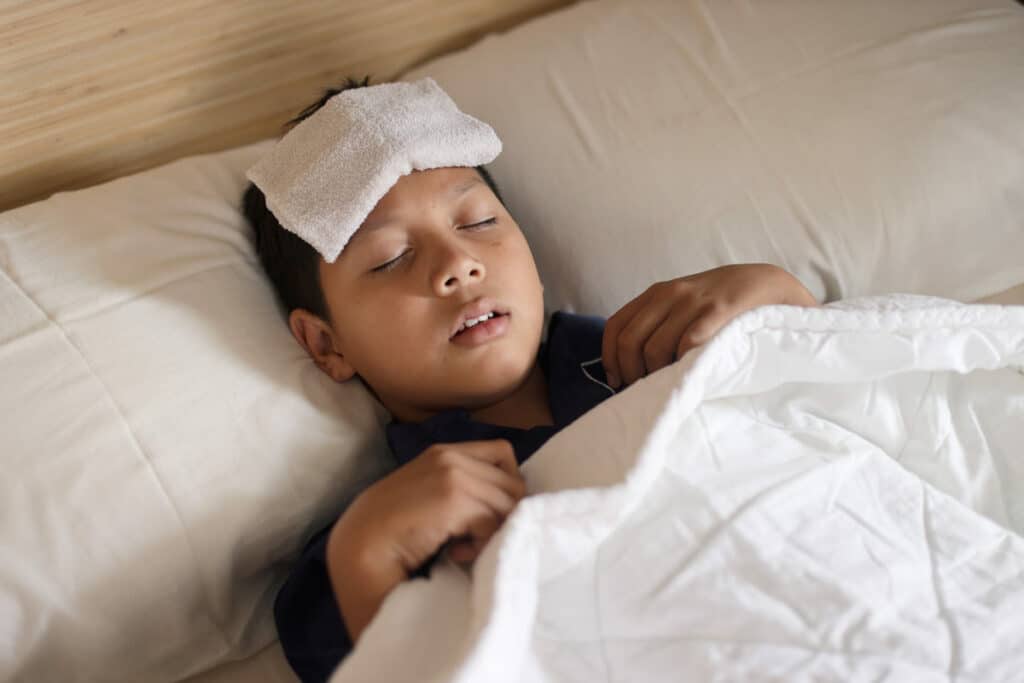
1. Dress Your Child in Light Clothing
When your child has a fever, their body is working hard to regulate its temperature. To help them cool down, dress them in lightweight and loose-fitting clothing. Avoid bundling them up with heavy blankets or multiple layers of clothing. A light blanket or clothes that cover them up without overheating is usually enough. For this:
- Choose breathable materials like cotton or linen
- Avoid synthetic fabrics that can trap heat and make your child sweat more
- Keep the room at a comfortable temperature, not too hot or cold
- Contact your child’s doctor if they are shivering or have chills.
2. Drink Plenty of Water
Staying hydrated is important for anyone with a fever, especially children. Encourage your child to drink plenty of water throughout the day to prevent dehydration. Make sure they are taking sips regularly and not gulping down large amounts at once. You can also give them electrolyte solutions or popsicles if they are having trouble keeping fluids down. For your infant, drinking lots of breast milk or formula can also help keep them hydrated.
3. Give Them Lukewarm Sponge Bath
Lukewarm water can help bring down your child’s fever. Dampen a washcloth with lukewarm water and gently wipe their forehead, back of the neck, and armpits. You can also place a damp towel or washcloth on their forehead while they rest. Avoid using cold water as it can cause shivering and make the fever worse. To implement this:
- Use lukewarm water, not cold or hot.
- Never use rubbing alcohol on your child’s skin.
- Make sure to check your baby’s temperature before and after the sponge bath.
4. Use Vitamin C Foods
Vitamin C has been shown to boost the immune system and may help reduce fever. Encourage your child to eat foods high in vitamin C, such as citrus fruits, strawberries, kiwi, and dark leafy greens. You can also give them a supplement if they are not able to eat enough of these foods. Some vitamin C-rich foods that you can include in their diet are:
- Oranges, lemons, and limes
- Berries like strawberries, raspberries, and blueberries
- Leafy greens like spinach and kale
5. Give Them Extra Fluids
To reduce a fever, drinking fruit juices or soups can also be beneficial. These contain electrolytes and the nutrients your child needs to fight off the infection or illness causing their fever. Just make sure to avoid giving them caffeinated or sugary drinks, as these can cause dehydration. Some fluids that you can give your child include:
- Chicken or vegetable broth
- Homemade fruit juices without added sugar
- Herbal teas like chamomile or peppermint
6. Give Them Soft Foods
Your child may not feel like eating when they have a fever, and their throat may be sore. In such cases, it is important to give them soft foods that are easy to swallow and won’t irritate their throat. Some options can include:
- Oatmeal
- Mashed potatoes
- Scrambled eggs
Also, try to avoid giving them spicy or acidic foods as these can further irritate their throat and stomach. Stick to mild, bland foods that are easy to digest, and also give them medical treatment if their fever persists for more than 3 days.
7. Use Over The Counter Medicines
Over-the-counter fever reducers such as acetaminophen or ibuprofen can help bring down your child’s fever. Always follow the recommended dosage based on your child’s age and weight. Before giving any medication, make sure to consult with your child’s doctor, especially if they have underlying medical conditions or are taking other medications. Give these medicines to your child when;
- They are uncomfortable, irritable, or not sleeping well due to fever.
- Their temperature is over 100°F (38.9°C), and they are not responding to other methods.
- If your child has other symptoms like a headache, sore throat, or body aches.
- Make sure never to give aspirin to children as it can cause a rare but serious condition called Reye’s syndrome.
What Should You Not To Do When Your Child Has Fever?
When your child has a fever, it is important to avoid the following things:
- Do not give them aspirin, as it can lead to life-threatening conditions such as Reye’s syndrome.
- Do not give them a cold bath or use rubbing alcohol to bring down their fever. This can actually cause chills and make the fever worse.
- Do not try to starve your child by withholding food. They need to stay hydrated and nourished, especially when they are sick.
- Do not rely on home remedies or herbal supplements without consulting a doctor first. They may interact with any medications your child is taking or may not be safe for children.
- Do not ignore the fever if it persists for more than three days or is accompanied by other symptoms such as rash, difficulty breathing, or severe pain.
- Give them the right dose of medication recommended by the doctor for their age and weight. Do not give them adult-strength medicine, as it may cause harm to your child.
- Do not panic or overreact, even if the fever is high. Focus on your child’s physical activity while monitoring their temperature regularly.
When To Seek Medical Attention?
In most cases, fever can be managed at home without medical attention. Moreover, there are certain instances when you should contact your child’s doctor for further guidance and treatment. These include:
- Infants younger than three months with a rectal temperature of 100.4°F (38°C) or higher
- Children with a fever above 104°F (40°C)
- Persistent fever lasting more than three days
- Signs of dehydration, such as dry mouth, few or no wet diapers, or significant lethargy
- Difficulty breathing, severe headache, neck stiffness, or seizures
- Unusual symptoms or behaviors that cause concern
Furthermore, if your child has an underlying medical condition or a weakened immune system, it is important to consult their doctor for proper treatment and monitoring. Do not hesitate to seek medical attention if you are unsure about how to manage your child’s fever.
Conclusion
To sum it up, fever is a common occurrence in children and can be managed at home in most cases. Encourage your child to rest, stay hydrated, and eat immune-boosting foods while monitoring their temperature regularly. Seek medical attention if necessary and avoid giving them aspirin or trying risky home remedies. With proper care and treatment, your child will recover from the fever soon and get back to their playful and energetic self!
FAQs
Is giving paracetamol OK for kids to treat fever?
Yes, giving paracetamol is generally safe and effective for treating fever in children. However, it is important to follow the recommended dosage and consult a healthcare professional if needed.


